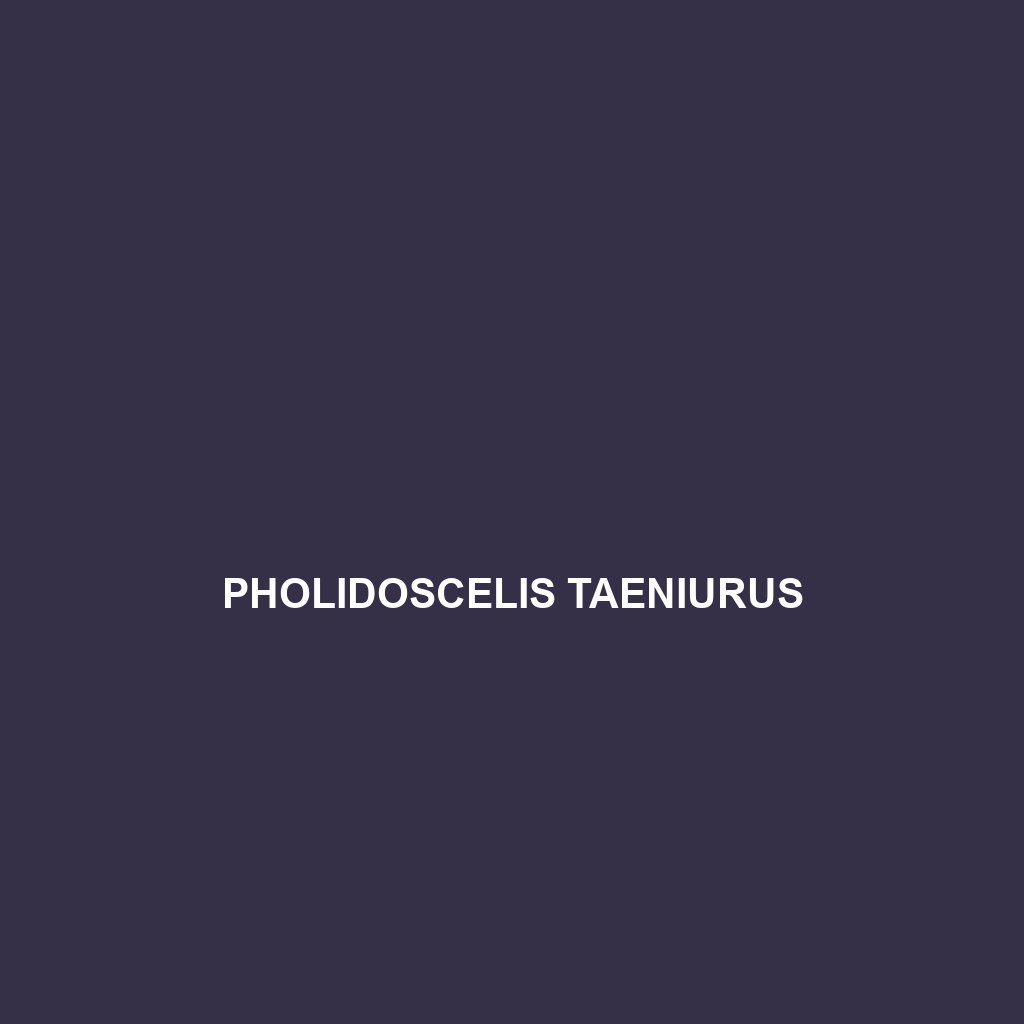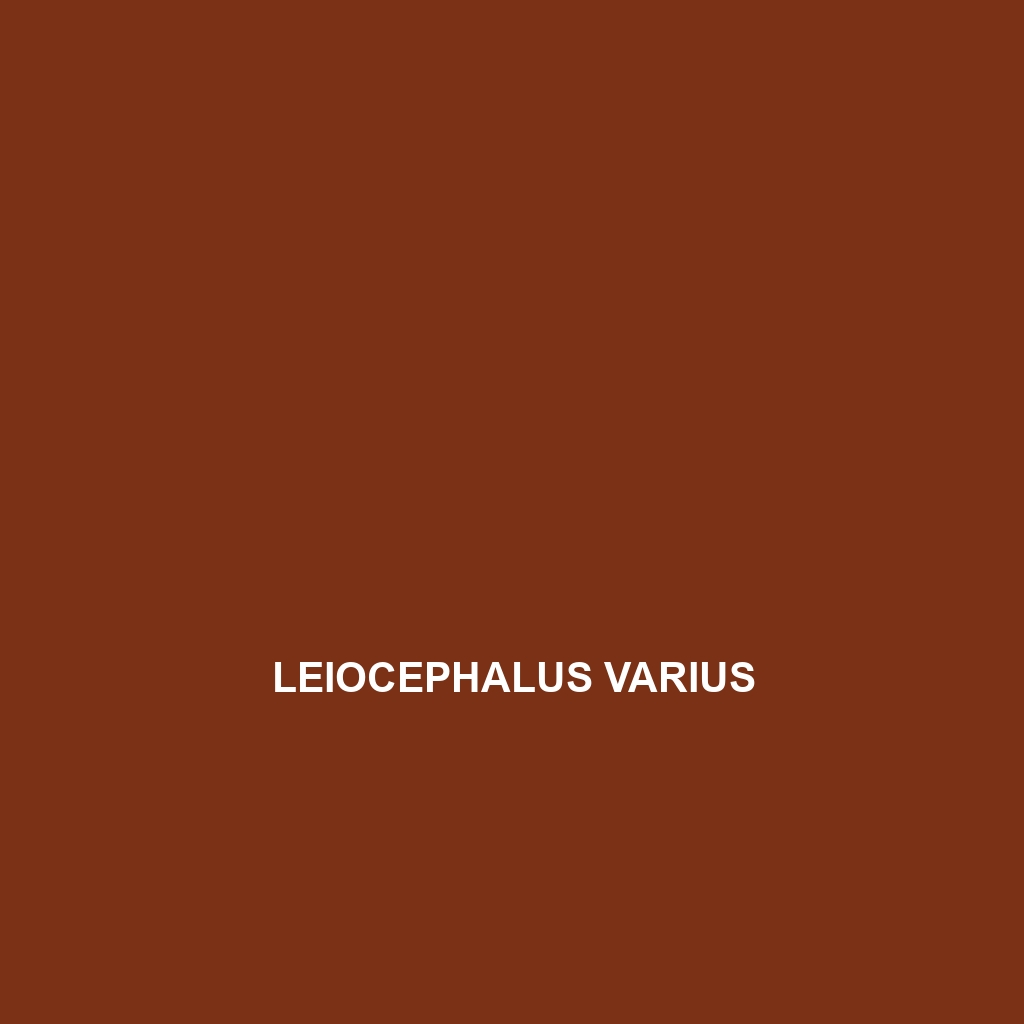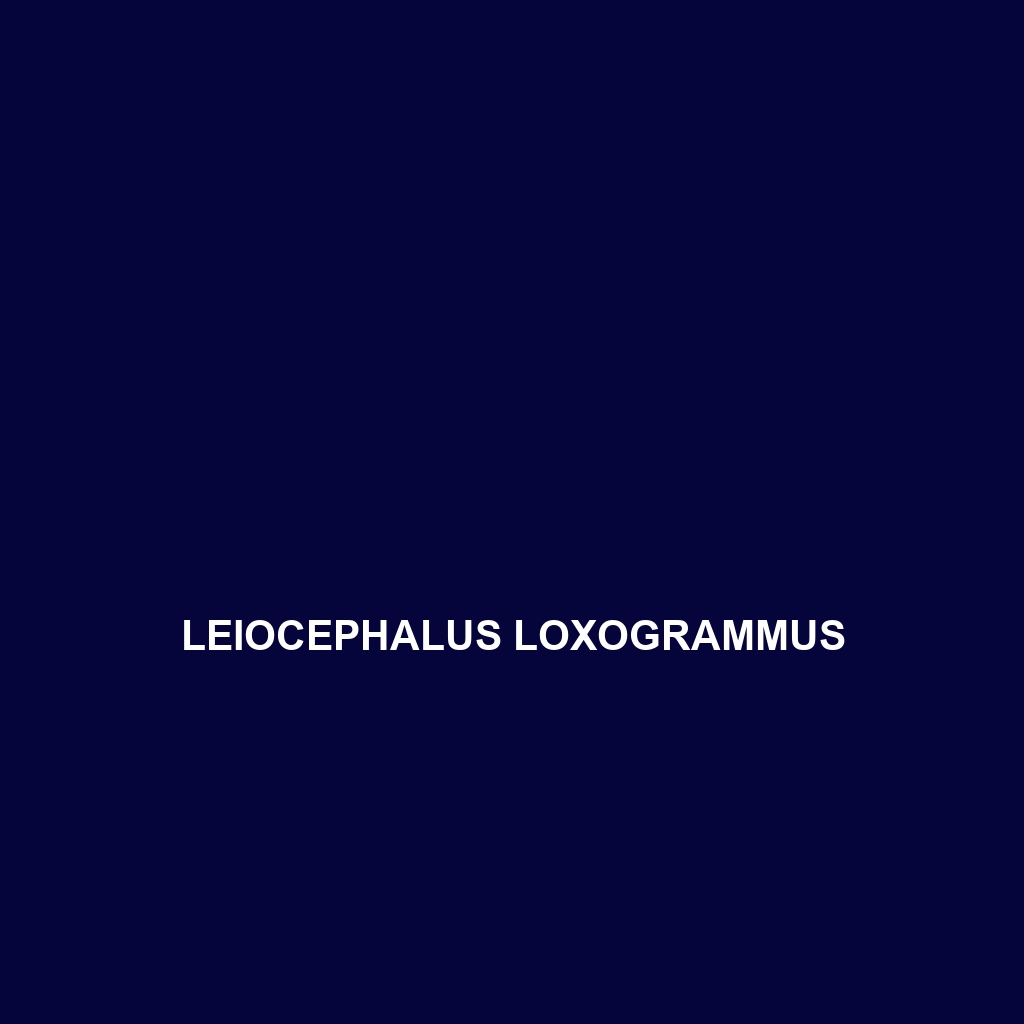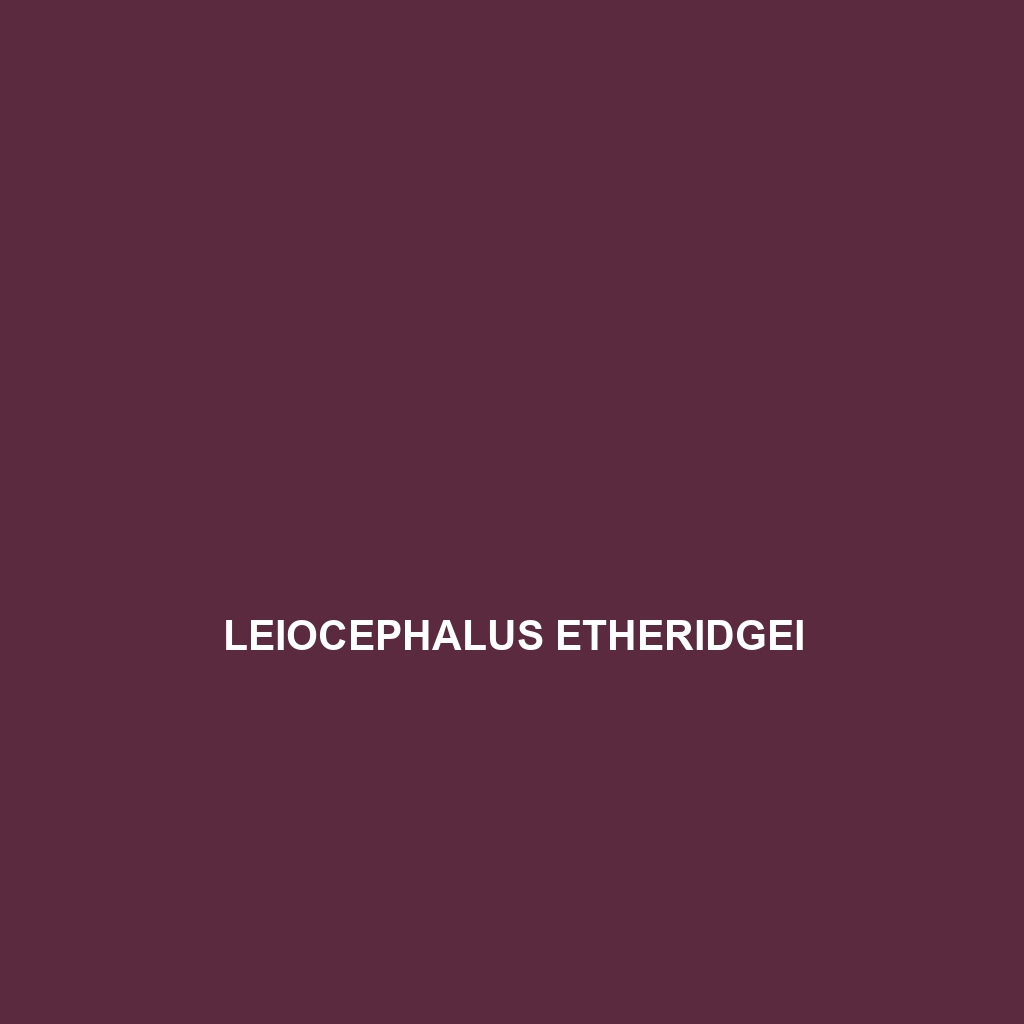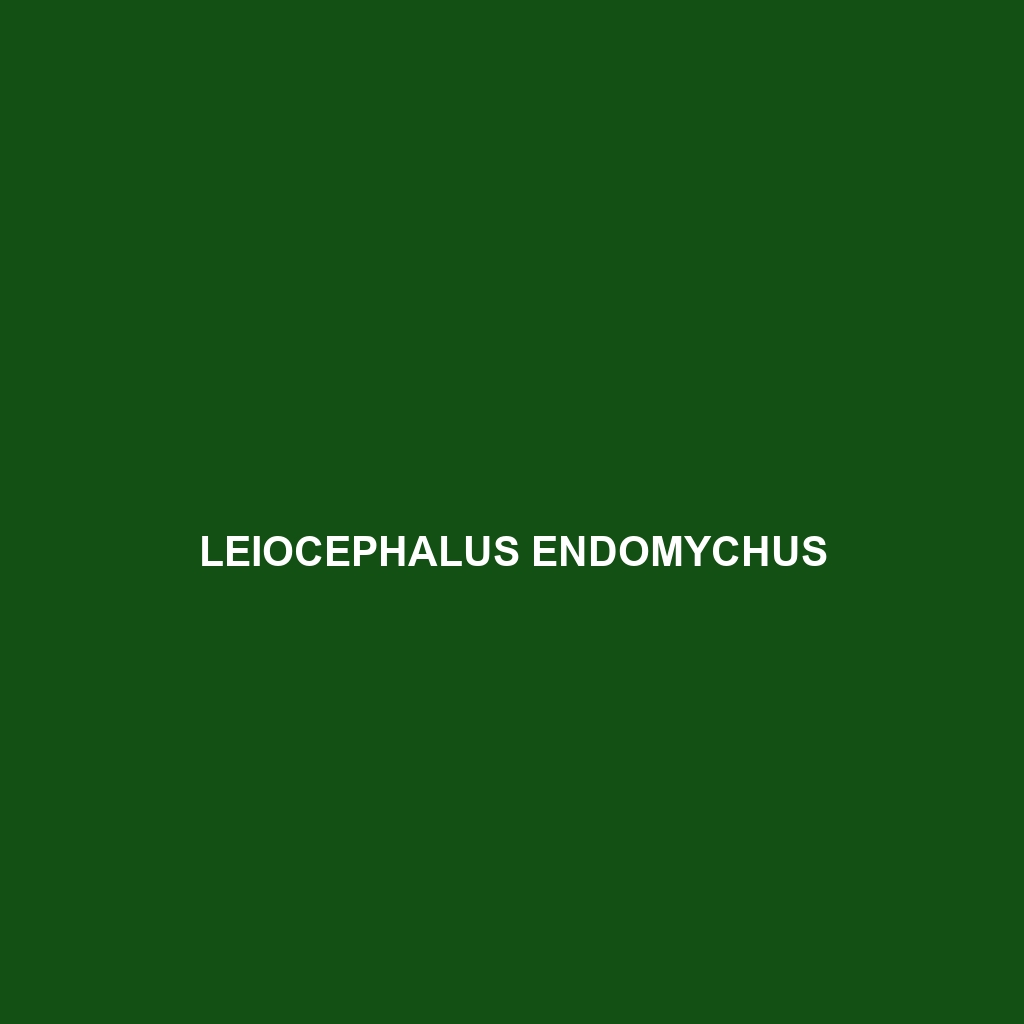Discover the fascinating Saban gecko (Sphaerodactylus sabanus), a small insectivore thriving in the tropical habitats of the Bahamas. With its impressive climbing abilities and unique adaptations, this nocturnal reptile plays a vital role in controlling insect populations while adapting to diverse environments.
Tag: Bahamas wildlife
Sphaerodactylus mariguanae
Mariguana Dwarf Gecko (<i>Sphaerodactylus mariguanae</i>): This small, vibrant lizard measures 3 to 5 inches and inhabits the warm, rocky coastal areas of the Bahamas, displaying intricate patterns for camouflage. Primarily nocturnal and insectivorous, the Mariguana Dwarf Gecko plays a vital role in its ecosystem by controlling insect populations and serving as prey for larger predators.
Sphaerodactylus inaguae
<p><b>Sphaerodactylus inaguae</b>, commonly known as the Inagua sphaero, is a small, vibrant gecko found in the Bahamas' Inagua Islands, exhibiting nocturnal and territorial behavior. As an insectivore, it plays a vital role in managing local pest populations and is classified as vulnerable due to habitat loss and climate change impacts.</p>
Pholidoscelis taeniurus
Discover the vibrant Bahama Skink (Pholidoscelis taeniurus), a key Caribbean species known for its striking brown and tan stripes, agile movements, and unique adaptation to tropical habitats. This omnivorous lizard thrives in diverse environments, playing a crucial role in its ecosystem by controlling insect populations and serving as prey for larger predators.
Pholidoscelis plei
<b>Pholidoscelis plei</b>, a medium-sized omnivorous lizard native to the Caribbean, thrives in diverse habitats such as tropical rainforests and sandy pine forests. Known for its vibrant coloration and adaptability, it plays a vital role in its ecosystem as both a predator and prey, contributing to insect population control and seed dispersal.
Leiocephalus varius
Discover the Leiocephalus varius, or variable curlytail lizard, a striking insectivorous species native to the Caribbean that thrives in diverse habitats and is known for its distinctive curly tail and intricate social behaviors. With a robust body, variable coloration, and crucial role in controlling insect populations, this fascinating lizard is a vital part of its ecosystem.
Leiocephalus stictigaster
Introducing the Leiocephalus stictigaster, or common curly-tail lizard, a vibrant insectivore found in the Caribbean's diverse habitats, including savannas and dry forests. With distinctive dark stripes, a long tail for predator evasion, and a social, diurnal nature, this species is vital for ecological balance, controlling insect populations and serving as prey for larger wildlife.
Leiocephalus loxogrammus
<p>The <b>Bahama Curlytail Lizard</b> (<i>Leiocephalus loxogrammus</i>) typically reaches up to 20 cm in length, exhibiting a slender build and distinctive curly tail while thriving in the tropical habitats of the Bahamas. As an omnivore, it plays a vital role in its ecosystem by regulating insect populations and serving as prey for larger predators.</p>
Leiocephalus etheridgei
Discover the Leiocephalus etheridgei, or Etheridge’s Curly-tail Lizard, a resilient and adaptable species native to the tropical regions of the Bahamas. With a robust body, distinctive coloration, and a predominantly insectivorous diet, this diurnal lizard plays a crucial role in its ecosystem by controlling pest populations and serving as a food source for larger predators.
Leiocephalus endomychus
Discover the vibrant Leiocephalus endomychus, or Endomychus Lizard, thriving in Caribbean tropical rainforests and coastal mangroves. With its distinctive color patterns and agile nature, this insectivorous species plays a vital role in controlling insect populations and maintaining ecological balance.



